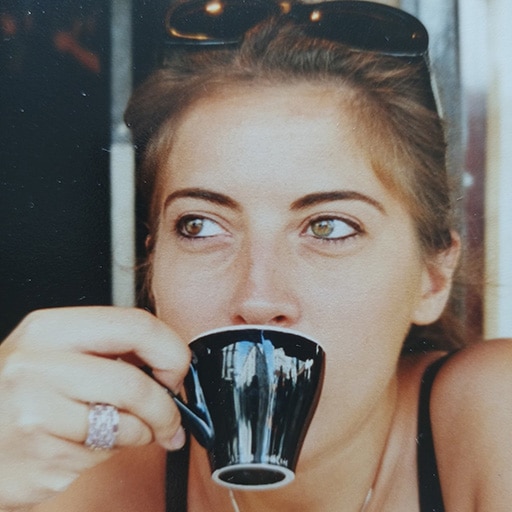Petersham on wool, Vogue Studio, London, England, 1944. © Lee Miller Archives, England, 2022. All rights reserved.
From New York’s high fashion to the Surrealists’ Paris, from the soaring romanticism of Cairo to the Blitz of London, from the defea...




